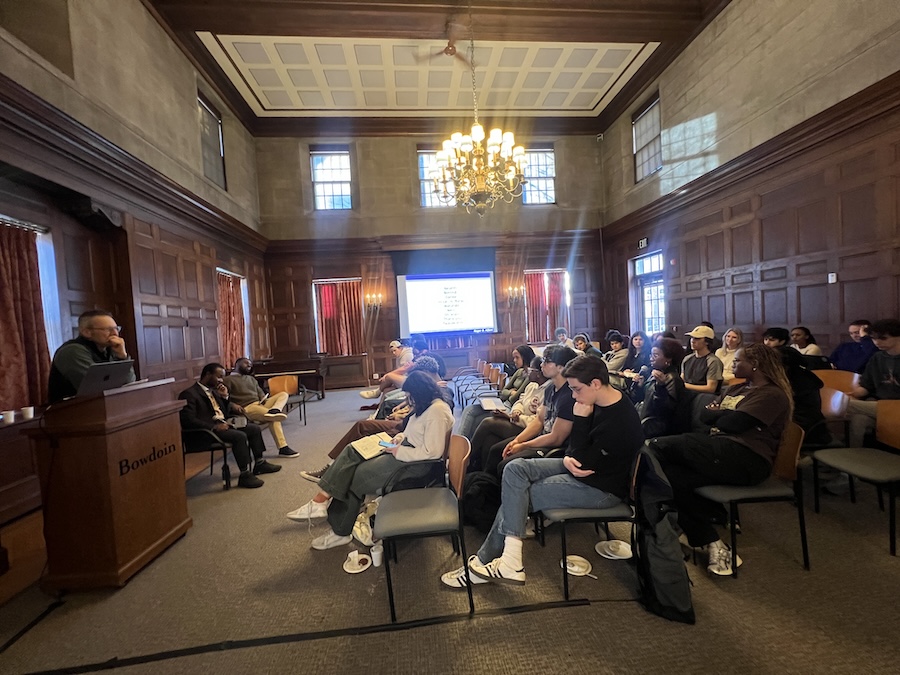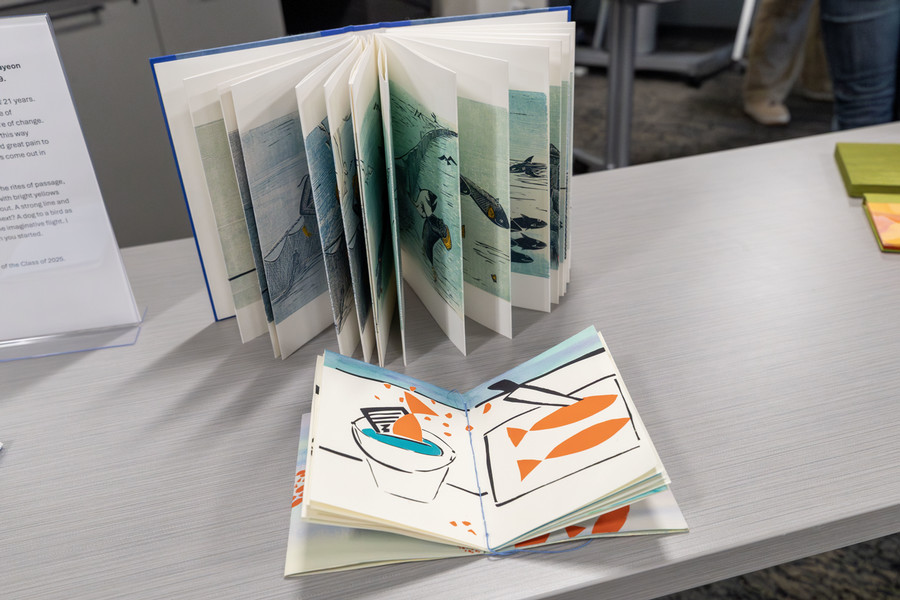Intermediality: A New Way of Approaching Art History
By Tom Porter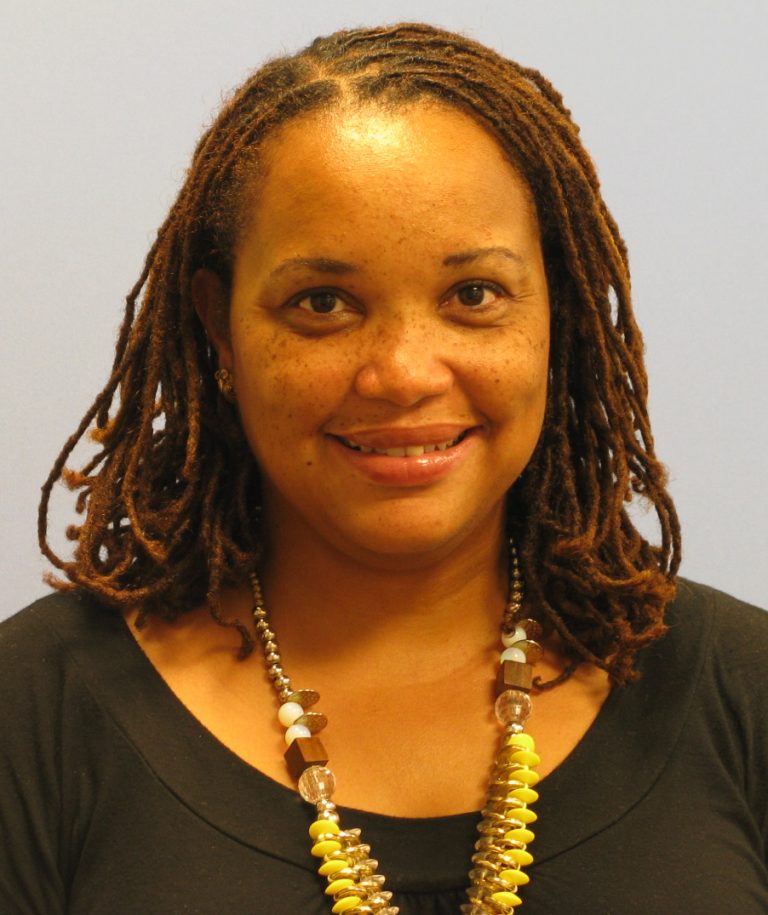
What happens when an artist, a painter for example, acquires a photograph, then totally reconfigures that photograph in his or her own oil painting? Is it a new object? Is it appropriation? How do we talk about that and what does it mean? These are questions very much on the mind of Assistant Professor of Art History Dana Byrd, who recently organized a symposium on the Bowdoin campus looking at just this issue. Titled Across the Divide: Intermediality and American Art, it embraced what Byrd described as a new way of thinking about art history.
“Traditionally in art history, we tend to concentrate on being, say, photography experts, or painting experts, or sculpture experts,” she said, “but what happens if you begin to think more critically about the interaction of those media?” The day-long event, which was held on September 30, 2016, featured guest speakers addressing a variety of social and political subjects through the lens of art history. For example, one talk looked at the depiction of lynchings in the late nineteenth and early twentieth century press, while another talked about how uses of different media affect the way we ingest news. Another speaker examined how one contemporary photographer was influenced by sound in her portrayal of politically charged issues like race and gender. But all the speakers had one thing in common, said Byrd: “The thread that links these talks is the idea of working between media in American art.”
The Civil War and its consequences were subjects touched on by a couple of the speakers, including Sarah Jones Weicksel , a PhD candidate from the University of Chicago. Her talk was called Correct Habits of the Body: Clothing and the Everyday Politics of Emancipation, and it examined the narrative behind the images of a number of enslaved people, before and after their emancipation. Comparing these portrayals, she said, told a story in itself. “These aren’t just ‘before and after’ photos, but rather transformation narratives. They were intended to invoke not just sympathy for the people who were being depicted, but also make an argument to the northern public, as a form of propaganda, that emancipation was something that could be ‘managed’. These photographs were in part intended to re-assure people in this process of emancipation—it was a moment of huge disruption in American life.”
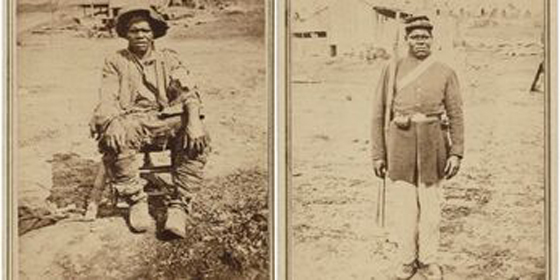
To illustrate her talk, Weicksel used photographic slides to compare the appearance of slaves, dressed in ragged clothing, with their much-improved appearance after they had won their freedom, which some of them did by enlisting in the Union army (see photo). “I’m really interested in material culture,” she said, “and how the things that people owned and used shaped history.” But it wasn’t all about photographs. In keeping with the “intermediality” theme, Weicksel introduced a combination of images, texts and objects, using them to try to look at a bigger picture. “The idea is to draw from those different media and question what each of them is telling us, to provide a more holistic understanding of the world at that moment in time.”
Each speaker at the symposium was followed by a discussant, a scholar tasked with responding to the lecture and sparking debate. In the case of Sarah Jones Weicksel, the discussant was Bowdoin history professor Patrick Rael, who has written extensively on slavery in the US. He said he was energized by her approach.”She’s focusing on an interdisciplinary realm, between history, art history, and material culture, and showing how those kinds of intersections illuminate ideas and themes in ways that I think are really new and exciting.” Rael said he was fascinated by the notion that the actual clothing worn by slaves, and how people thought about it, could have a profound impact on the emancipation process.
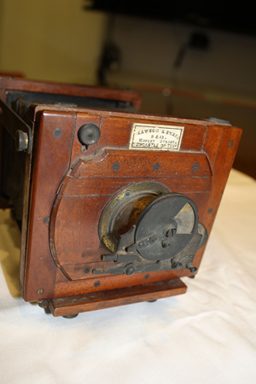
Quarter-size dry plate camera manufactured around 1880, owned by artist Winslow Homer.
Dana Byrd, whose research engages with questions of place and the role of objects in everyday life, said she was prompted in part to organize the symposium by her own work on the plantation experience during the Civil War and Reconstruction period. But Byrd said she was also influenced by the Bowdoin College Museum of Art’s purchase of Winslow Homer’s camera in 2014. “We really admire Homer for his terrific paintings, his watercolors, and his incredible illustrations, but what does it mean now that we know more about his interest in photography? Is there such a thing as a ‘photographic thinking’ that might bleed over to his paintings? We may be required to reassess everything Homer made in light of that discovery.”
The symposium was put together with financial support from the office of the Dean of Academic Affairs and the Department of Art History.
